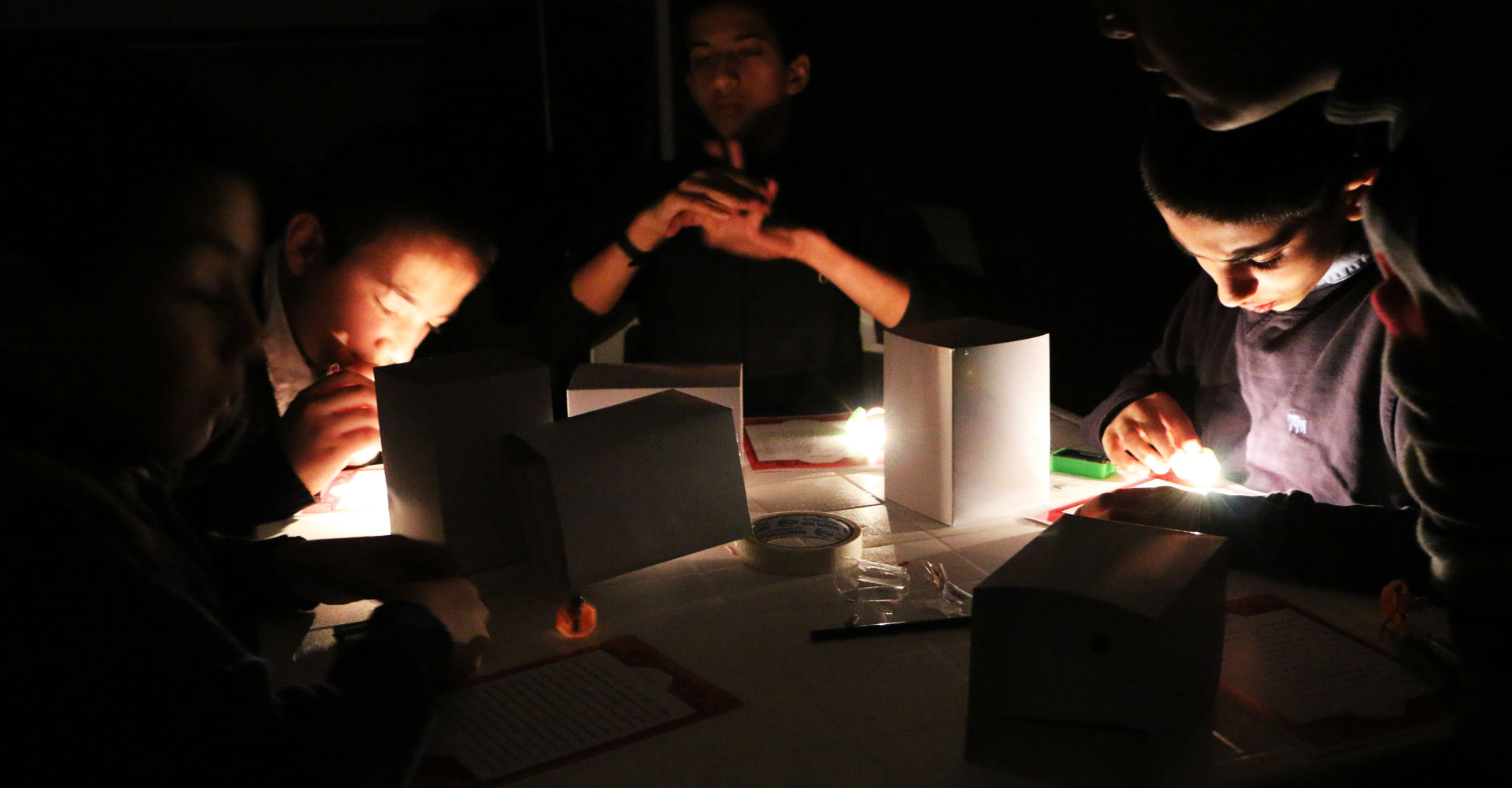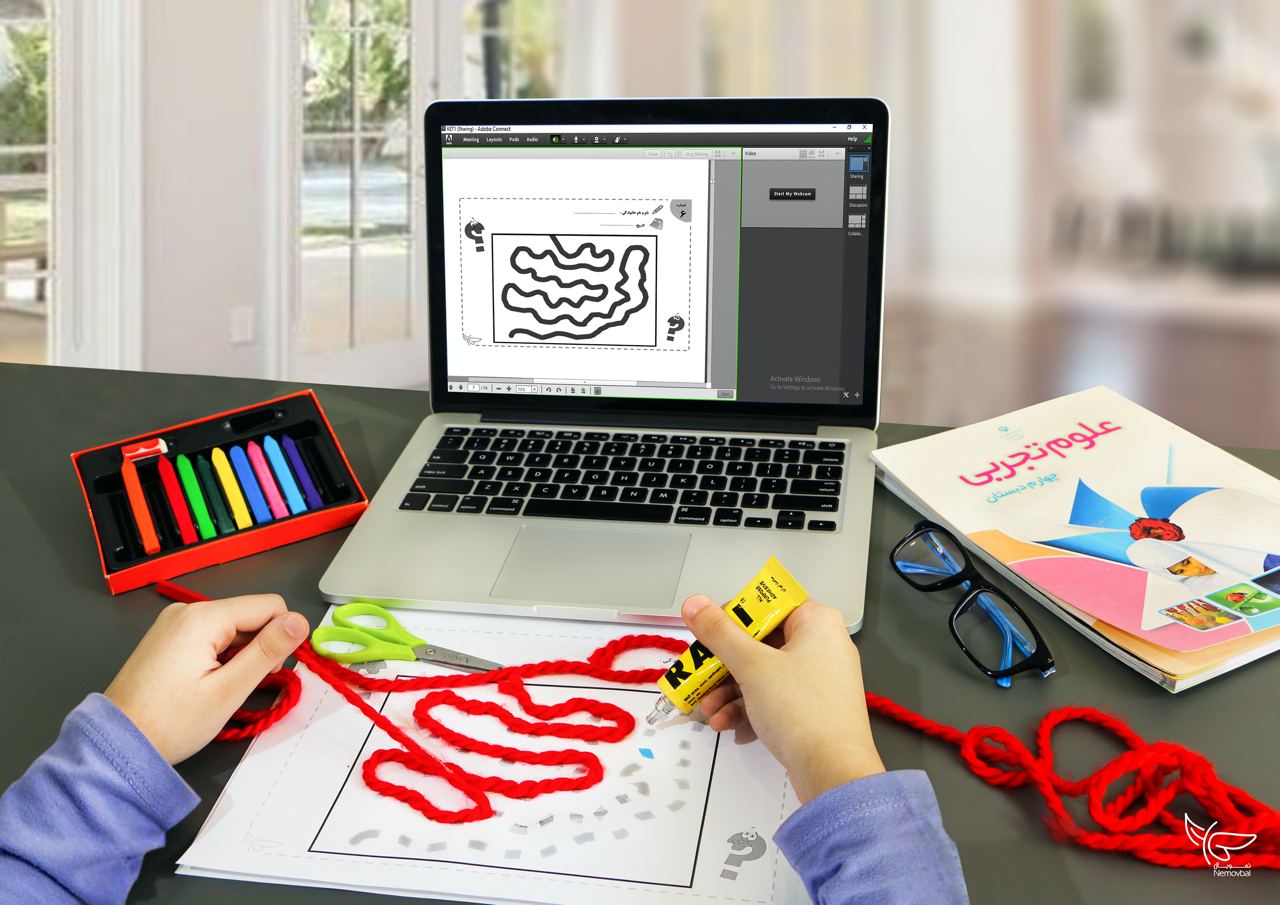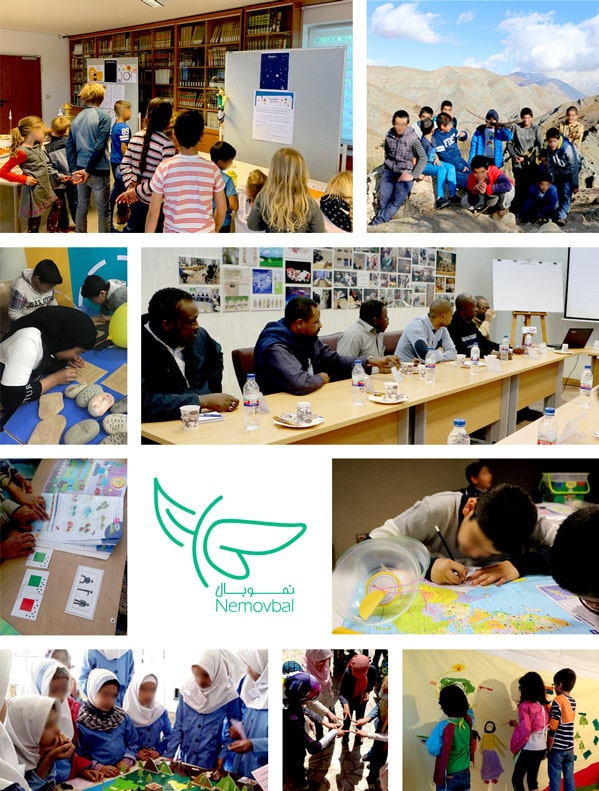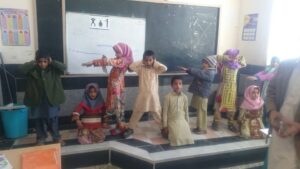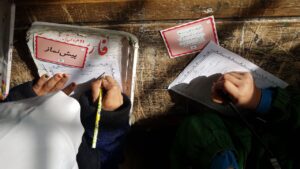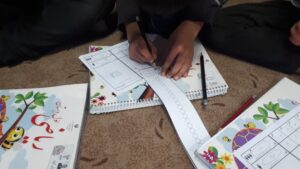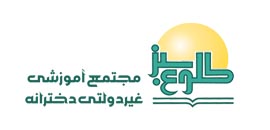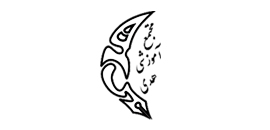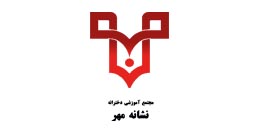Numbal character
Numbal is a creative and knowledge-based company that designs and produces educational (process-oriented) educational products and specialized projects for children and adolescents aged 7-12. Unique capabilities of Nombal products and projects, by designing and carrying out 11 international projects, designing and implementing national level projects in the Iranian educational area,
Numbal's Start
Attendance among students in Balochistan on the one hand and non-profit schools in the capital on the other revealed a series of challenges, ups and downs, and ultimately opportunities. Focusing on simplifying educational issues and following up on real problem solving led to the formation of specialized knowledge in the field of children. Continuity for several years in knowledge-based design and production turned Nomboal capabilities into Nombola gene. A gene that today has enabled bold entry into projects at various levels.
Providing effective and lovable solutions for children is the result of coding in the language of children. In the Nombal life cycle; Baluchistan was named part of Iran and we will never forget the talented children and kind people of that land and their rural schools.
The latest products designed
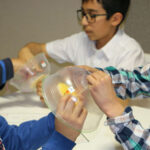
Template
An 8-degree error leads to the Sanchi catastrophe
Teaching the concept of latitude and longitude
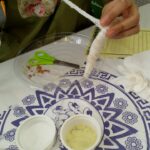
the Nile
Discover the lost gate of Egypt
Mummy training and structural strength
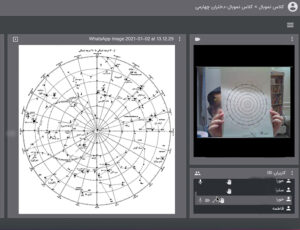
Little Captain
Routing of the Royal Ship of Iran
Orienteering training at night
The latest projects produced
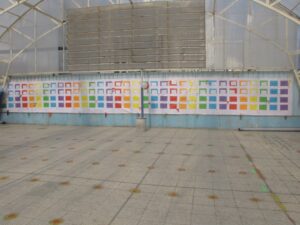
Ecko
A process-driven project to delegate real responsibility to children
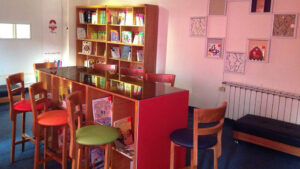
Prawak
The new generation of primary school libraries for the balanced growth of student reading capita
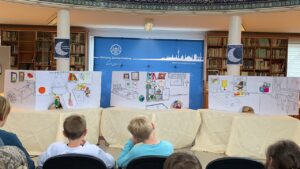
Three dolls
An international project in the form of a play to teach the different cultures of nations in Germany
National level projects
Companions' views

آموزش تلفیقی
مهندس محمدرضا بیاتی<p style="text-align: right;">همبستگی مستقیمی میان انگیزه یادگیری و اثربخشی آموزشی وجود دارد. چه بسیار دانش آموزانی که مشارکت کمی در کلاس داشته اما با تغییر رویکرد آموزشی، رفتارهای باورنکردنی از خود به نمایش گذاشته اند سوال اساسی، چگونگی ایجاد و تقویت انگیزه درونی برای یادگیریِ مفاهیم پایهای در دانش آموزان مقطع ابتدایی است. عواملی چون؛ رعایت سطح دانش اولیه، واقع گرایی، لوازم محوری، یکپارچگی طراحی، نوگرایی در قالب و شروع متفاوت برخی از عناصر مهم انگیزه ساز خواهند بود.خلق محیط های یادگیری فعال و موثر وابستگی زیادی به وجود سناریوی دراماتیک خواهد داشت. سناریویی که با هدف گیری محور آموزشیِ تعیین شده، دانش آموزان را در بستر احساس، عاطفه، هیجان و منطق با خود همراه نموده و آنها را از محیط های معمول آموزشی خارج و با نوگرایی در نحوه پرداختن به مفاهیم آموزشی و نیز ساخت و سازهای فردی-گروهی، لذت یادگیری را به اوج می رساند پرهیز از نگرش دیسیپلاینی میان دروس و برخورداری از رویکرد آموزش تلفیقی شرط لازم برای طراحی چنین سناریوهایی است. چینش اطلاعات و لوازم به صورت پازلی و عدم تعریف خط کشهای یکسان سنجش و کاهش استرس رقابت های ناسالم، از شروط این رویکرد خواهد بود تا به صورت سیستمی مراجعه دانش آموزان به یکدیگر را افزایش داده و به تقویت کارگروهی و دیده شدن تک تک آنها منجر شود. این دیده شدن اختصاصی، ابتدای مسیر انگیزسازی خواهد بود. فاصله گذاری میان آموزشِ فرآیند محور با جوابگرایی آموزشی از اصولی است که طراحان می بایست مقید به آن باشند طراحان موسسه نموبال در محصولی به نام "وایکینگها در هور" با تلفیق چندین موضوع از کتابهای درسی پایه چهارم؛ ریاضی "زاویه"، علوم "آهنربا در زندگی"، اجتماعی "نقشه و کره جغرافیایی"، "جهت یابی" و هدیه های آسمانی؛ یک سناریو بهم تنیده ایجاد کرده اند کلاس با همزاد پنداری دانش آموزان با قهرمان قصه به نام مصطفی که کودکی 11 ساله است آغاز میشود که حکایت از حضور مهمانان خارجی برای افتتاح یک پروژه نفتی در جنوب ایران دارد. توماس دانمارکی، احمد محمد عراقی و بشیر مصری در مصاف با تصمیمات خطرناک کاپیتان مصطفی، علی و پوریا به منطقه هور وارد میشوند. در پس مخاطرات، قایق بچهها واژگون میشود. مصطفی، جان توماس را نجات میدهد و بچه ها شناکنان خود را به جزیرهای میرسانند. به دستور مصطفی وسایل از روی آب جمعآوری میشود. چهار آبراه به جزیره وارد میشود. مصطفی میداند که آبراه جنوبی راه نجات است اما قطب نما غرق شده! حالا وسایلی که از روی آب توسط بچه ها جمع شده در اختیار دانش آموزان کلاس قرار داده میشود تا راه حلی برای کمک به کاپیتان مصطفی پیدا کنند. وسایل عبارتند از: میخ، فوم برد 5*5 سانتیمتر مربعی، سوزن، درب بطری آب معدنی، نخ کاموا، کاغذ پوستی، بادکنک، قطعه آهنربا، کاسه یکبار مصرف، نقشه جهان، بندکفش، خط کش، کیسه فریزر، نقاله و مداد در قدم اول از دانش آموزان خواسته میشود هر فکری به ذهنشان می آید را در برگه ای به نام " فکر من" نگارش نمایند. سپس گروه بندی شده و کاتب "ایده اعضای گروه" را تکمیل مینماید. دو مولفه عملی بودن و موثر بودن راه حل ها، توسط معلم برای گروه ها تشریح می شود. کاتب دوم در برگه " تصمیم گروه ما " راه حل نهایی نجات از جزیره را مکتوب مینماید. اعضای گروه به پیاده سازیِ تصمیمشان با توجه به وسایل در اختیار می پردازند و وارد مرحله یافتن آبراه جنوبی میشوند. از ایده بادکردن بادکنک و رها سازی در مسیر باد و آتش زدن نیزار و بلند کردن دود تا ساخت قطب نما توسط گروه ها مطرح میگردد ایده هر گروه می بایست جهت جنوب کلاس را نشان دهد. دانش آموزان در علوم، ساخت قطب نما را آموزش دیده اند اما در بسیاری از موارد، این آموزش به مهارت تبدیل نشده است پس از ساخت وسیله جهت یابی، از آن ها خواسته میشود به زمان دقت کنند! آفتاب در حال غروب است و چهار کودک از شش کودک، مسلمان هستند. با کمک نقاله و خط کش و نقشه جهانی که در قصه، از روی آب جمع شده، میتوان از شهر آبادان جهت قبله را برای نماز خواندن پیدا کرد. به تصویر ابتدای فصل چهارم کتاب ریاضی توجه داده میشود که عکس کعبه و یک عقربه است پس از تسهیلگری معلم و یادگیری قبله یابی از شهر آبادان، از دانش آموزان سوال میشود که آیا جهت یابی و قبله یابی را یادگرفته اند؟ به تجربه،پاسخ اکثریت دانش آموزان مثبت است. اکنون معلم برگه "ماموریت سفر " را به بچه ها میدهد. در یک چالش واقعی با نقشه جهان، ابتدا می بایست شهر مقصد را بیابند؛ از کابل، مسکو، هانوی در شرق تا دوبلین، ادمونتون در غرب و هاوانا و سانتیاگو در آمریکای لاتین و جنوبی. از شهرهای خود با نخ کاموا یا بند کفش به شهر مکه خط مستقیمی ایجاد می کنند و با جهت شمال یا جنوب جغرافیایی زاویه ای می سازند این همان سناریوی واقعی دراماتیک منحصر به فردی است که به طراحی آموزشی هویت میدهد و منجر به یکپارچگی مراحل آموزشی میشود. سنجش چنین فرآیندهای عملگرایی بسیار ساده است تا حدی که معلم، والدین و ناظران میتوانند از دانش آموزان بخواهند که به شهر دیگری سفر خیالی کنند و در آن شهر جهت قبله را وقتی رو به شمال ایستاده اند تعیین نمایند رویکرد آموزشی در این محصول (وایکینگها در هور) به خوبی نشان میدهد می توان پایه های کارآفرینی را در کودکان تقویت و آن ها را در مسیری عاری از استرس به مساله محوری و تقویت مهارت های تفکر وارد نمود؛ به گونه ای که جایگاه کیفیت را از همان کودکی بشناسند</p>

Nemovbal method
سرکار خانم راضيه رضی<p style="padding-left: 40px; text-align: left;">In a rapidly changing world, we are facing various challenges driven by technological developments. Although there are always reliable essentials, the future is unpredictable, so we need to think over this situation and prepare children for their time, not for ours. Educating children for this situation and fostering them to be able to overcome new problems and being ready for jobs that have not been yet created and problems that have not been yet anticipated needs new frameworks.</p> <p style="padding-left: 40px; text-align: left;">Our worldview and also our beliefs about children determine what kinds of programs we provide and how we teach them. Passing days at schools, children should be equipped by either trusty essential belief or skills that are identified as key in the 21st century.</p> <p style="padding-left: 40px; text-align: left;">This paper describes the approach and its framework, which is an outgrowth of over eight years of endeavour. Programs are designed as applied workshops and have been implemented more than 300 classes in elementary level in different cities with a variety of facilities and circumstance. The whole child:</p> <p style="padding-left: 40px; text-align: left;">Many ideas and theories of famous educators are still dreams. The dream of educating all children to their full potential is a worthy one, so in this approach, it is considered as a base to build meaningful programs. All children should be trained to the fullest extent of their abilities, and this happens when they use all their senses.</p> <p style="padding-left: 40px; text-align: left;">What should first be considered is that children are not one - or two – dimensional person and they need to be fostered in all domains. Development domains for the whole child are:</p> <p style="padding-left: 40px; text-align: left;">Spiritual Linguistic Cognitive Emotional Social Physical</p> <p style="padding-left: 40px; text-align: left;">All programs are designed in a framework considering the context of emotion, passion and wisdom to support all areas of development. This approach is quite useful to educate children’s potential comprehensively.</p> <p style="padding-left: 40px; text-align: left;">Creating a process-oriented learning environment:</p> <p style="padding-left: 40px; text-align: left;">Not only children but also problems in the world are multidimensional. Solving problems in real life need different pieces of knowledge and skills. So, meaningful educational programs should be confirmed with them. Education is no longer about memorizing facts. Instead, it is about learning how to think critically and evaluate information, how to apply knowledge, research and skills to solve problems in life.</p> <p style="padding-left: 40px; text-align: left;">The purpose of this approach is to apply the idea that children develop intelligence through direct experience with the physical world during solving multidimensional problems. The critical component for applying this idea is “integration”. Instead of teaching disciplines in an independent subject, programs are designed, with a focus on interdisciplinary learning. The issue is mentioned in STEM programs, but the significant difference and the distinction between this idea and other methods, is that the focus is on telling a “story” for children.</p> <p style="padding-left: 40px; text-align: left;">It is obvious how stories are essential in education. Not only stories develop language skills and other critical thinking skills that provide the foundation of learning, but they can also create a sense of connection and build familiarity and trust, which make learning much easier. Telling story encourages free thinking and the formation of innovative ideas.</p> <p style="padding-left: 40px; text-align: left;">Based on the “Energy Chart” which is considered in our designing projects, there are several ways of telling a story, using materials and managing classes. Energy Chart Scenario + Uncommon Material + Real People Scenario + Common Material Story + Uncommon Material Story + Common Material Instruction + Uncommon Material Instruction + Common Material MAX Energy Internal Energy MIN Energy External Energy In this method, students learn, to discover and work on different topics throughout workshops based on teamwork and exciting activities. In workshops, children may follow instructions, listen to a story or confront a “scenario”. A scenario as if they have faced in real-life and they are asked to find a solution for it. The designed challenges offer ways to integrate literacy with all areas of development.</p> <p style="padding-left: 40px; text-align: left;">It should be noted that these dramatic scenarios must be believable for students, and it is crucial not to let the “form” of a story overpower the “content” of it. Having a story is essential; indeed, it has priority over content.</p> <p style="padding-left: 40px; text-align: left;">In Nemovbal approach, the “form” and the “content” of challenges are the two strands of an integrated rope in which a reliable story causes an unexpected knot, so the mission of the children is to find a solution for it.</p> <p style="padding-left: 40px; text-align: left;">Boundaries among lessons are put aside so that students should use different science and knowledge such as math, science, social science, history, etc. There is an excellent effort providing a blended learning environment and showing students how scientific methods and social values can apply in everyday life.</p> <p style="padding-left: 40px; text-align: left;">The workshops are team-based and consist of hands-on activities which take into account the mentioned domains (spiritual, linguistic, cognitive, emotional, social, and physical). Experiences require children to collaborate, to generate ideas and to solve problems.</p> <p style="padding-left: 40px; text-align: left;">During this process, we have to provide a secure situation that children can feel free to experiment slowly and steady and to learn by trial and error, far from any anxiety. In a safe, organised learning environment with a variety of materials, children initially use their sense to explore the physical properties of materials. When they face a problem, children ask questions, make plans, work together, test their ideas and share them with others.</p> <p style="padding-left: 40px; text-align: left;">A challenging environment is one in which children can explore and interact with a wide variety of materials. It is important for the Nemovbal team to provide all children with developmentally appropriate challenges and available indigenous materials. Presenting local facilities and equipment will affect children in being aware of their possess and help them to have a constructive role for developing their country in the future.</p> <p style="padding-left: 40px; text-align: left;">Preparing children for the future life and needs of today is truly essential, as well as linking them to the past, culture and mores are worthy for shaping their self-identity. Considerable insight has been gained by considering the historical dimensions. Understanding the timeline and the chronological sequence as well as following typical courses, significantly offers an insight into the events, and develop their cognitive abilities.</p> <p style="padding-left: 40px; text-align: left;">The other feature of this framework is the importance of “Art”. Artistic dimensions indeed are paid attention too wherefore when activities and ideas are blended in an artistic format; they are indelible. What Children Can Learn as They Work on Design Challenges Spiritual Linguistic Cognitive -understanding beliefs -strength of faith -Listening -Speaking -Comprehension -Problem solving -Reasoning -Creativeness -Flexible thinking -Logical thinking -Persistence Emotional Social Physical -Regulating emotions -understanding other perspectives -Working well with others -Sharing -Fine motor skills (use of hand, dexterity, eye- hand coordination) -Gross motor skills (balance, stability) Language Math Science and Engineering -Listening comprehension -Expressing oneself -Vocabulary -Comprehension Story -Numeracy -Comparing & measuring -Using data -Geometry & spatial sense -Patterns -Observing and making predictions -Scientific inquiry -Physical Science</p> <p style="padding-left: 40px; text-align: left;">-Life Science -Engineering Social Studies Arts Technology -Heritage and Identity -History -Geography -Visual arts (Painting, drawing, sketching, sculpting, building, theater, etc.) -Tool use Content Learning Development Domains What has been mentioned in this paper is not just having fun at school and making some stuff. It’s a philosophy of educating that embraces teaching skills and subjects in a way that resembles real life.</p> <p style="padding-left: 40px; text-align: left;">Changing mind-balance points by setting educational dramatic scenarios take into account children’s ability and knowledge, working with materials and not determining an equal and same assessment for all students bring about a sense of satisfactory and pleasing for children.</p> <p style="text-align: left; padding-left: 40px;">Not only will these programs help children become innovative adults with exceptional critical thinking and problem-solving skills -the skills that our future generations will need in our increasingly technology-driven world- but also what is truly observed during these years is that the programs help to foster the love of learning. And the most important gift an education should give a student is to foster them as a lifelong love learners.</p>


